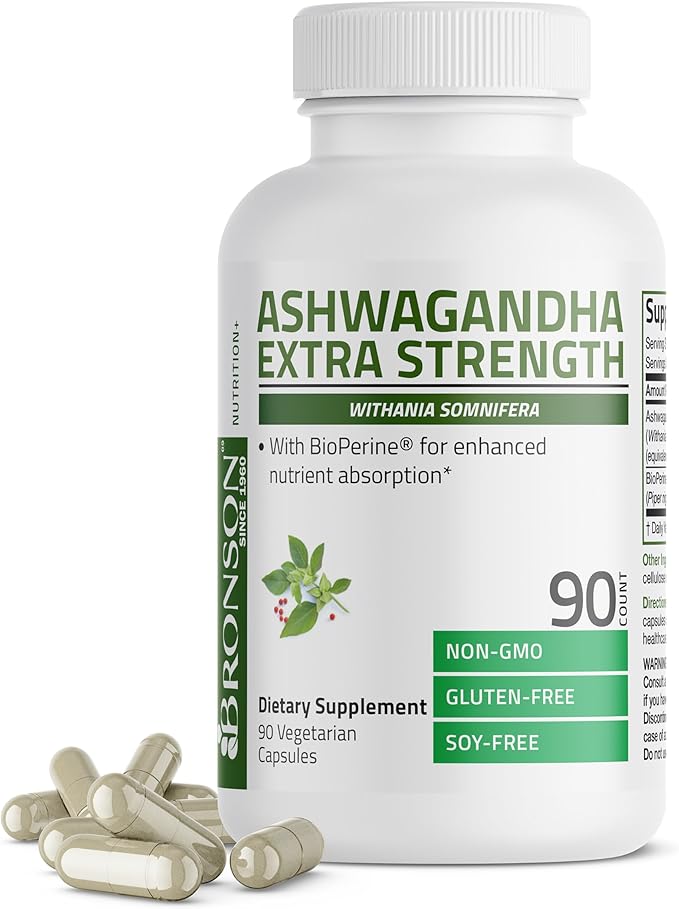Can you take Adenosylcobalamin and Sulforaphane Glucosinolate (SGS) together?
Interaction Details
Taking Adenosylcobalamin and Sulforaphane Glucosinolate (SGS) together has the potential for good synergy, suggesting a rating of 4 out of 5.
Adenosylcobalamin, a form of vitamin B12, plays a crucial role in the synthesis of methionine from homocysteine, and in the metabolism of fatty acids and amino acids. Sulforaphane Glucosinolate (SGS), on the other hand, is a precursor to sulforaphane, which has potent antioxidant and anti-inflammatory properties. The synergy between these two compounds may arise from their complementary effects on cellular health and detoxification pathways. Adenosylcobalamin can enhance the cellular uptake of sulforaphane, potentially amplifying its antioxidant effects. Furthermore, sulforaphane can induce the expression of genes involved in glutathione synthesis, which may be supported by the methylation processes influenced by adenosylcobalamin. This interplay could lead to enhanced protection against oxidative stress and improved cellular function.
Potential Benefits
Potential Risks
Adenosylcobalamin
Adenosylcobalamin is a form of vitamin B12, crucial for energy production, nerve function, and the formation of red blood cells. It is one of the active forms of vitamin B12, playing a significant role in the metabolism of fatty acids and amino acids.
Sulforaphane Glucosinolate (SGS)
Sulforaphane Glucosinolate (SGS) is a naturally occurring compound found in cruciferous vegetables, particularly broccoli, cauliflower, and kale. It is a precursor to sulforaphane, a potent antioxidant and anti-inflammatory agent. Some benefits of SGS include:
- Anti-cancer properties
- Anti-inflammatory effects
- Cardiovascular health
- Neuroprotective effects
- Detoxification support
